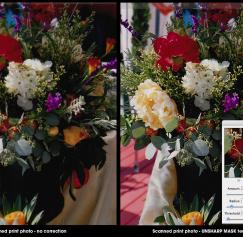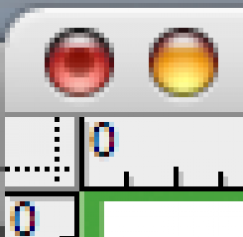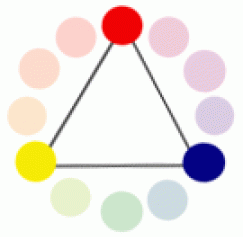Everyone hates bad photos, especially soft or fuzzy photos. They stand out like a sore thumb when printed, especially if it’s used in an ad that could be right next to a competitor’s ad with flashy st...
Images are the spice to good design. They can enhance your message and hold your audiences attention. If used properly a good image can create many different designs. Used too much or cropped poorly a...
In this segment we will identify the elements of a page. This can apply to any page in a publication whether it may be a magazine page, book page or newspaper page they all use some or all of the elem...
Let's define what the “live area” is and why it is important to design within this area when designing for print.So, what is the fabled “live area?” The live area is the area in which your printer dee...
You placed an order for 2,000 double-sided glossy brochures, and you told the printer you would send them the artwork. Your printer said, “Great just make sure you send us a 300 dpi EPS file.” Stricke...
When designing something for non-personal use, there are a few things you should keep in mind. You don’t want to get slapped with a lawsuit because you decided to use a pretty picture you found online...
Read Part 1.Let's cover a few basics.Choose a portfolio that will accommodate a 17-inch-by-11-inch sample. It should be easy to carry (even in heels, girls). I prefer the cases that have the separate...
This is a question I hear often for designers entering the design field for the first time. Many have little of no “real” work to put in their portfolios. Here is my advice: You should include 10 to 1...
Color theory basics – part 2: Color wheel relationships and groupings So now that we know from Part 1 that artists typically use red, yellow and blue primary color groupings (see color model below), w...












